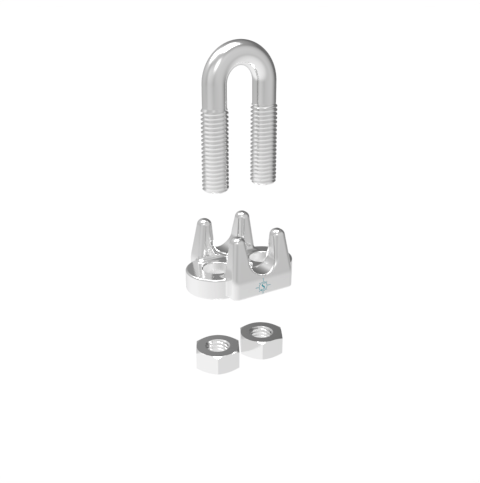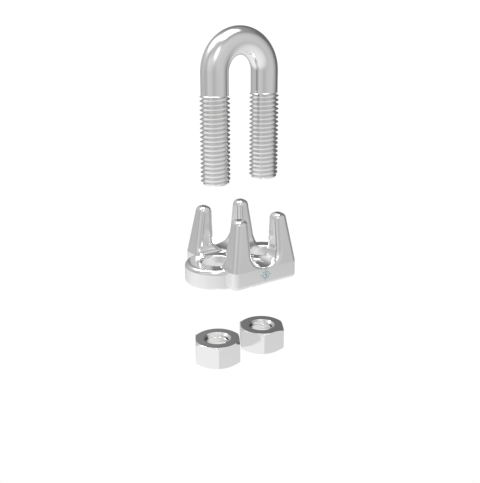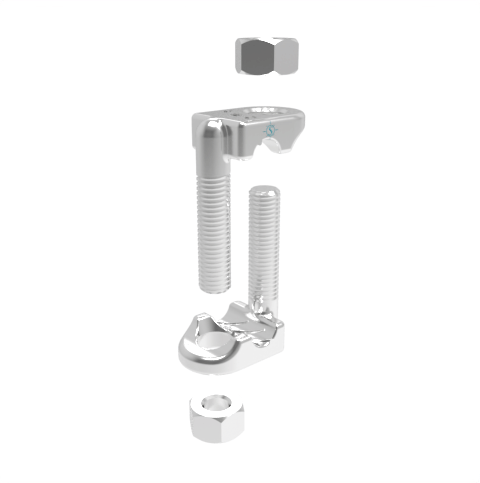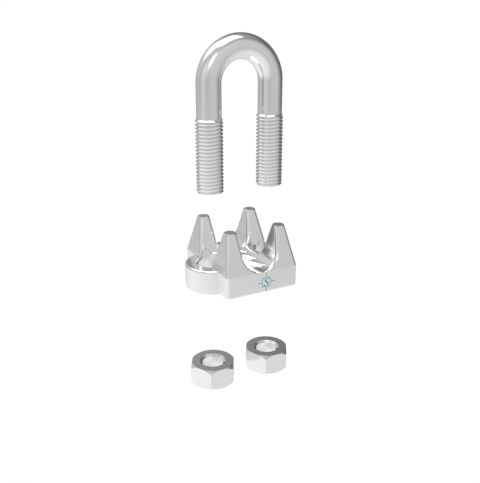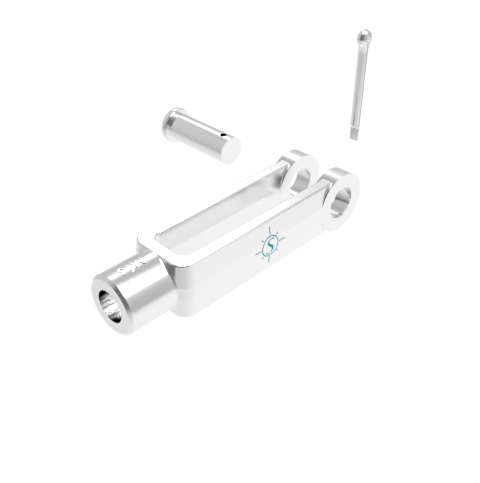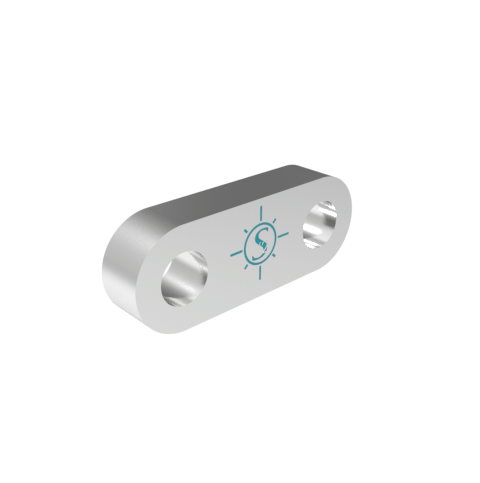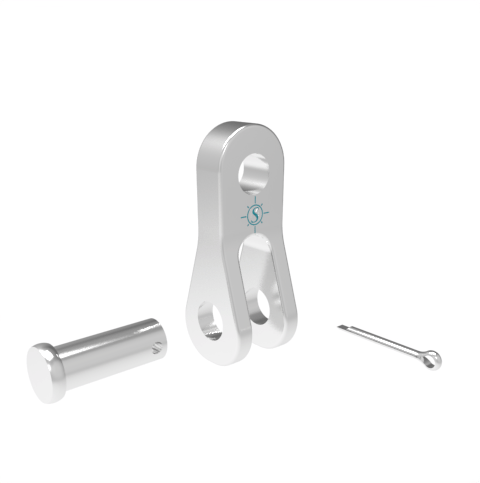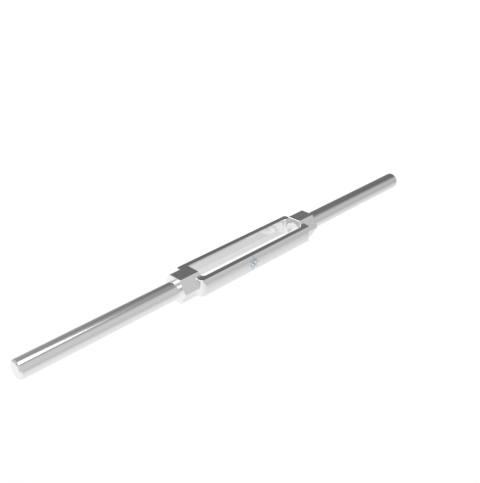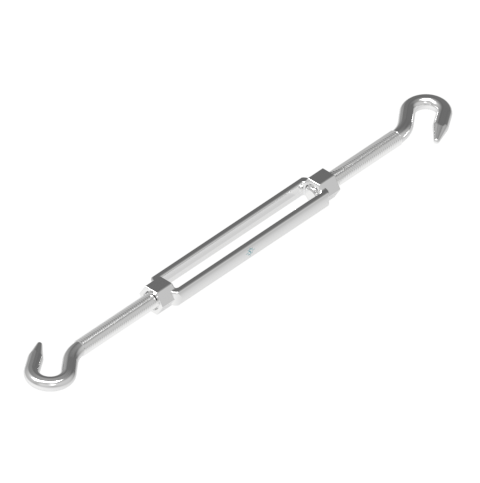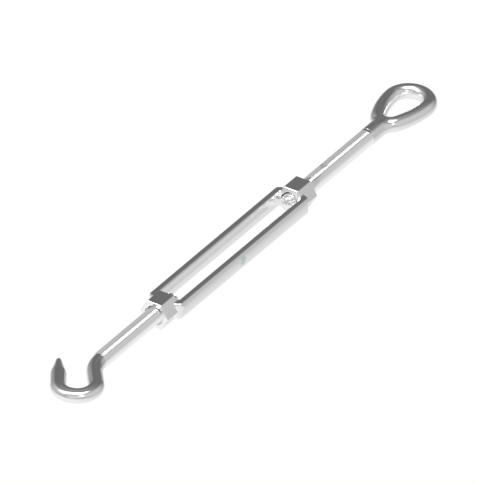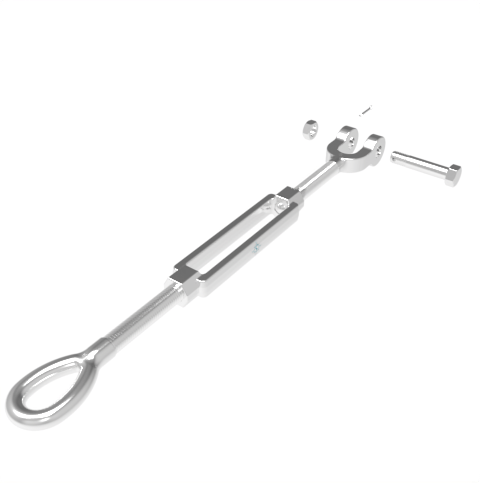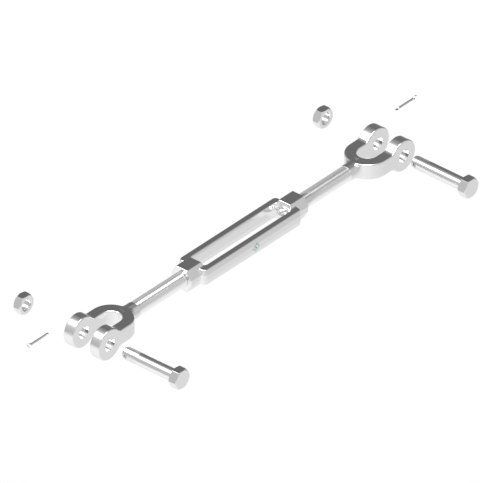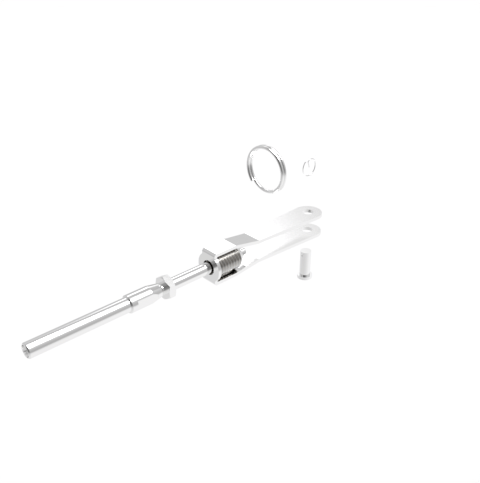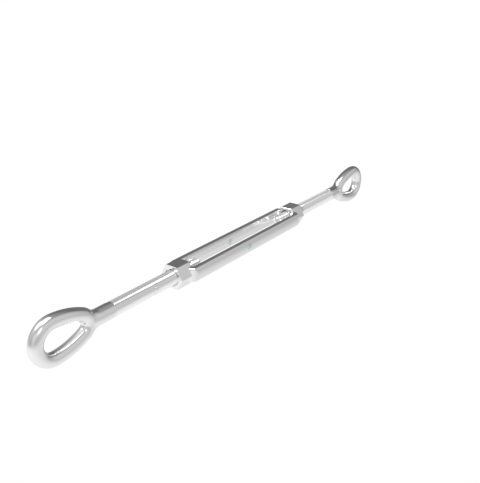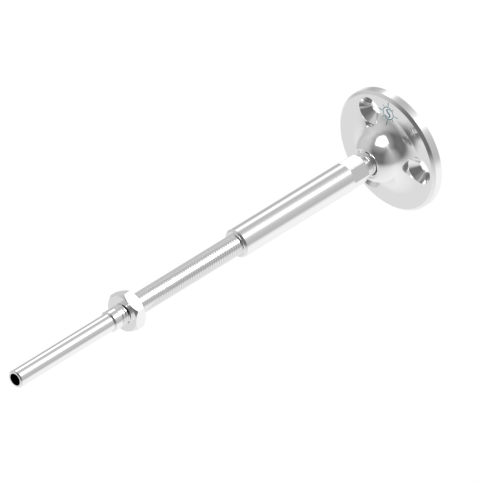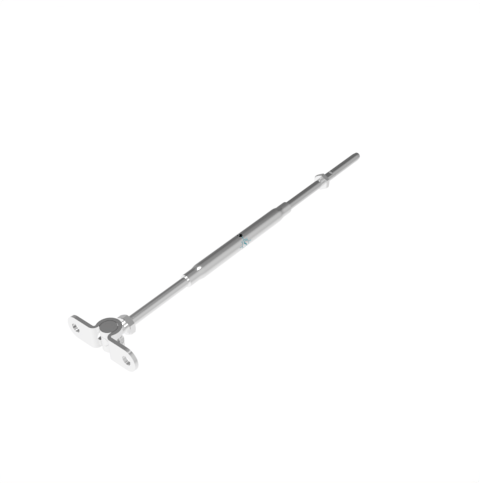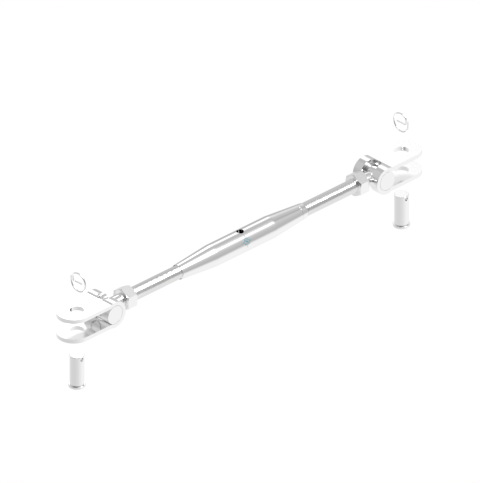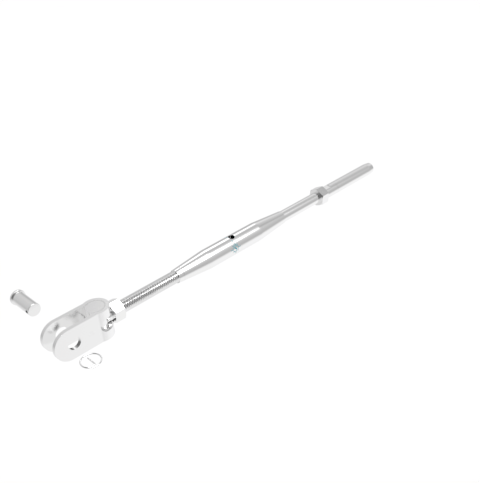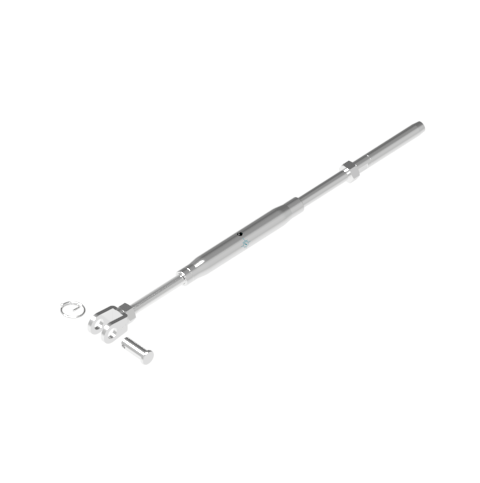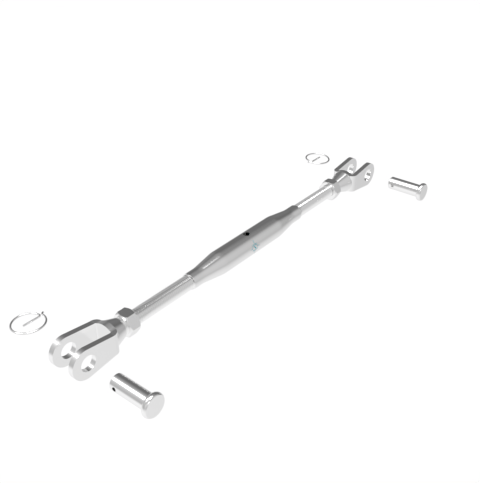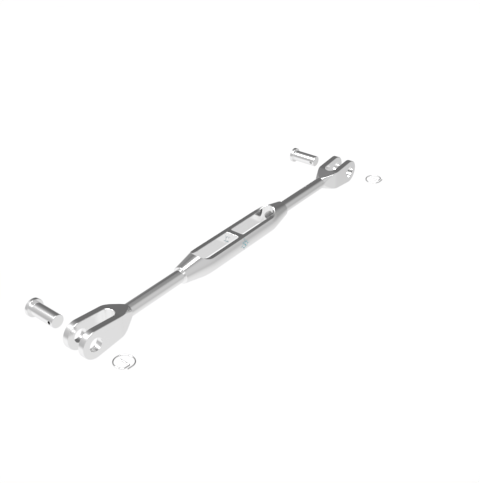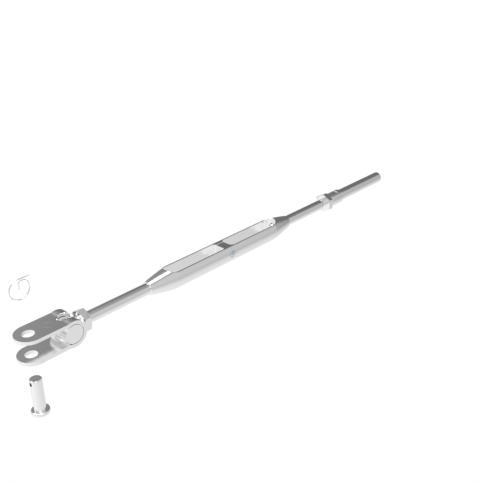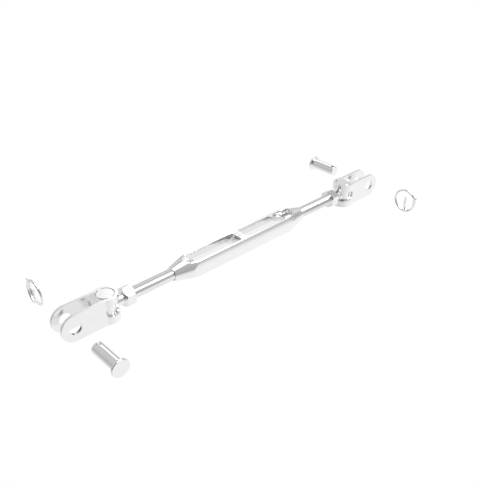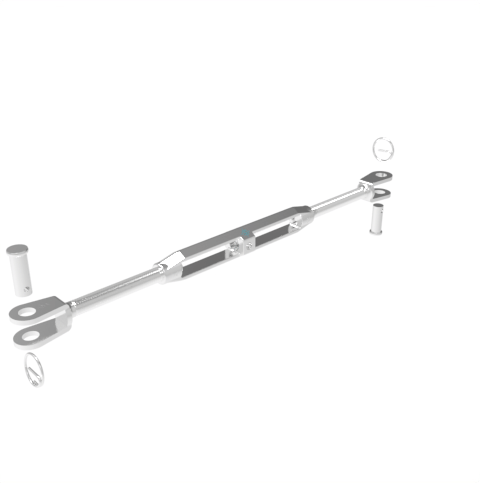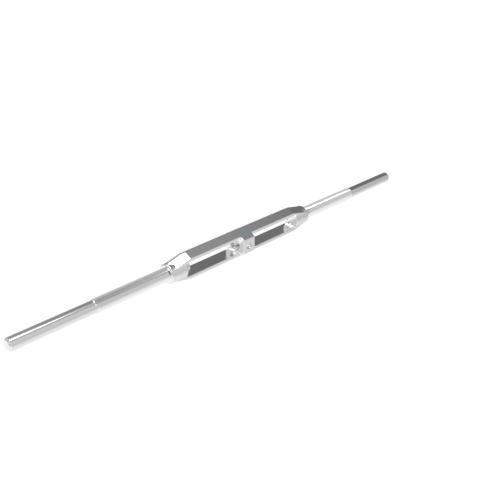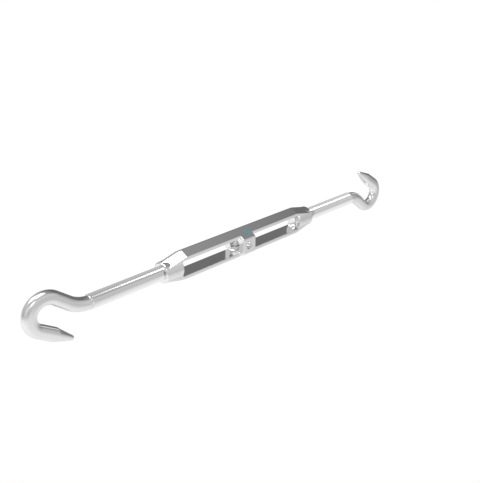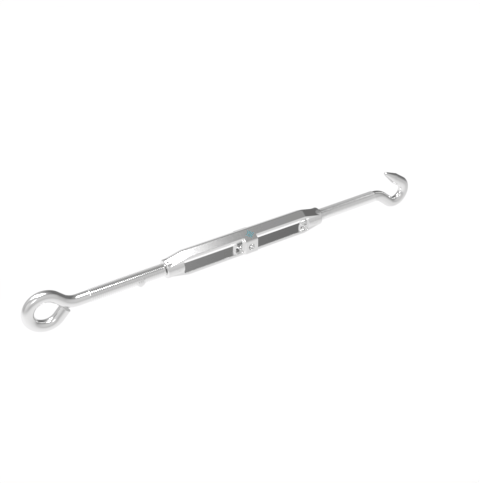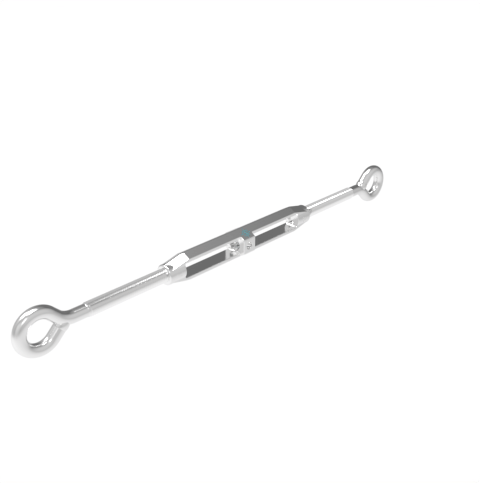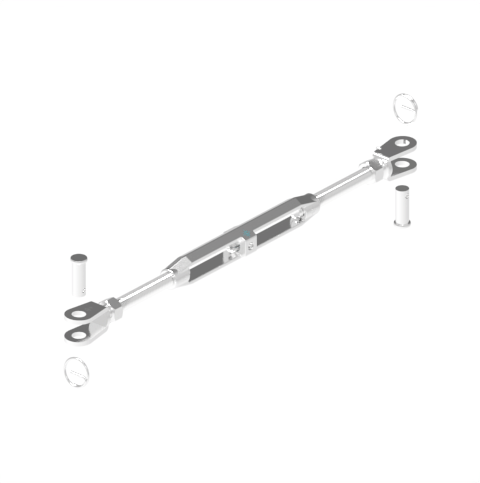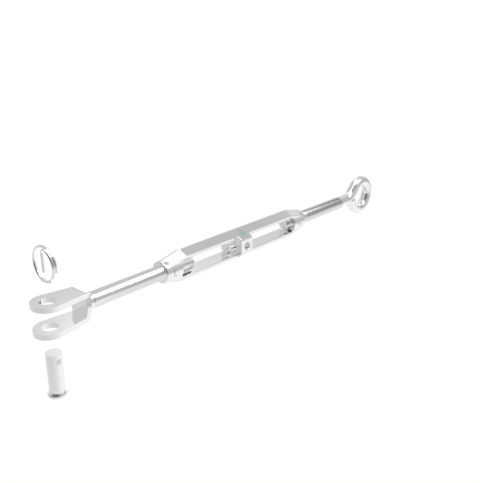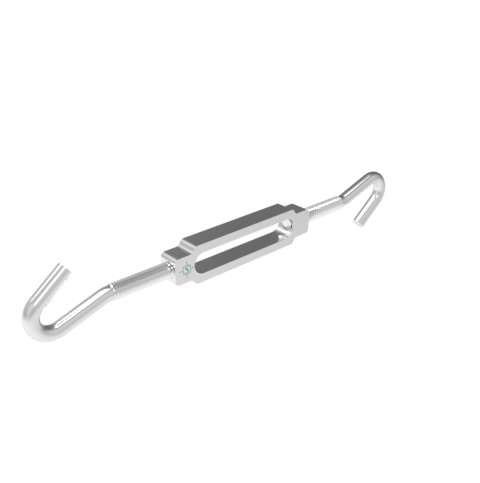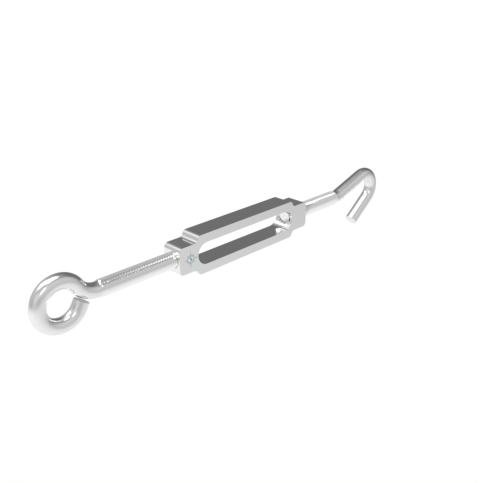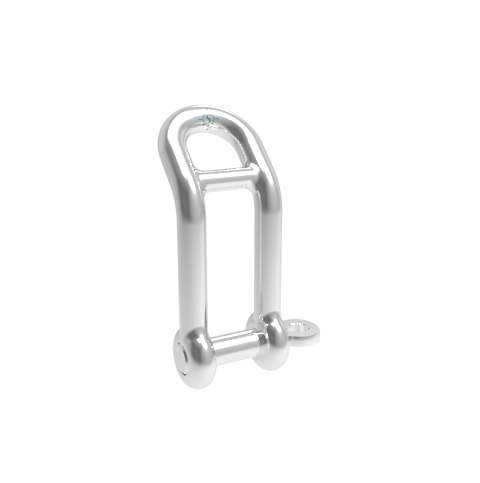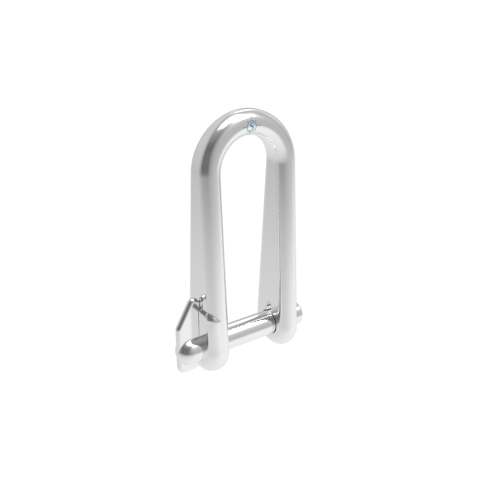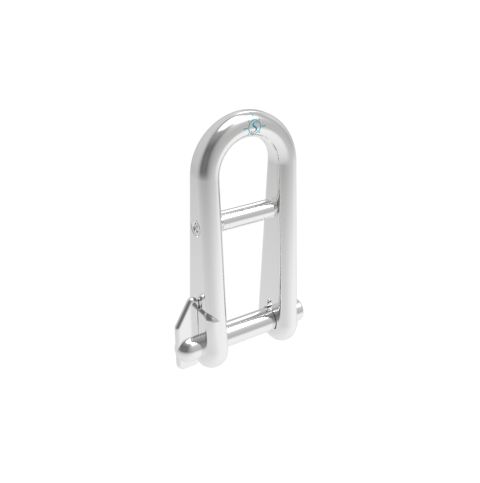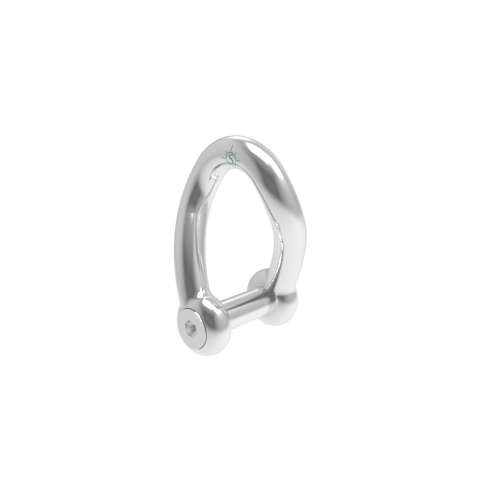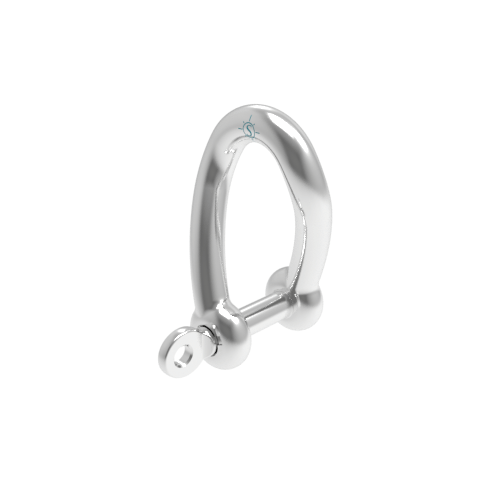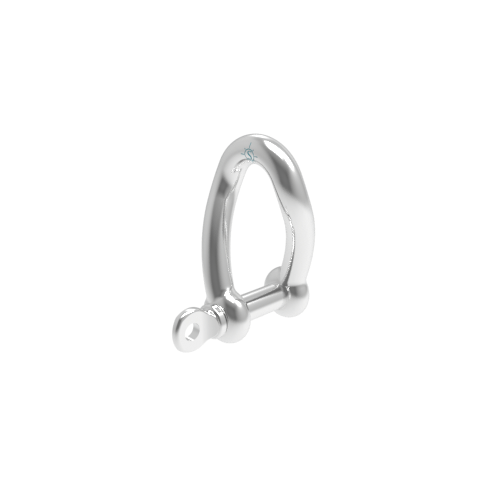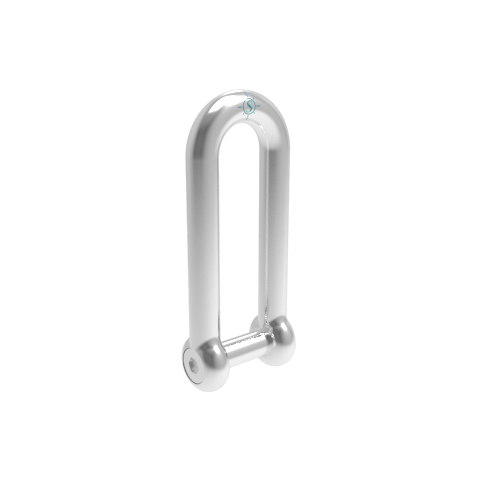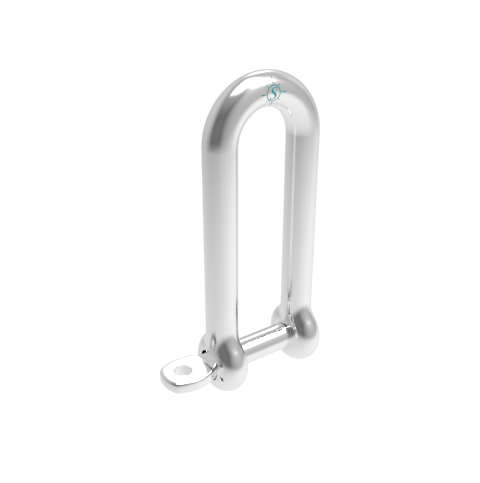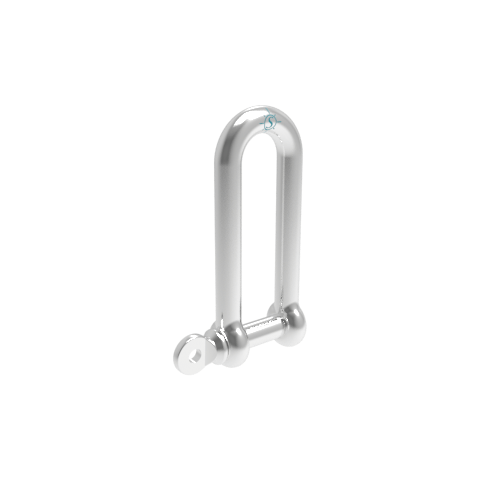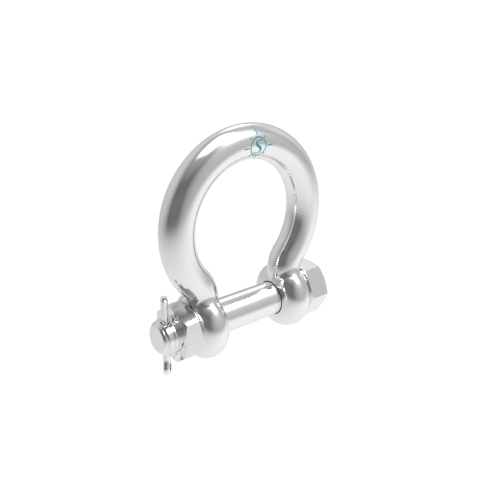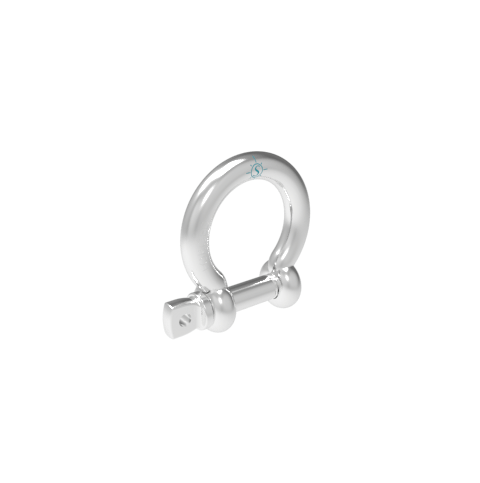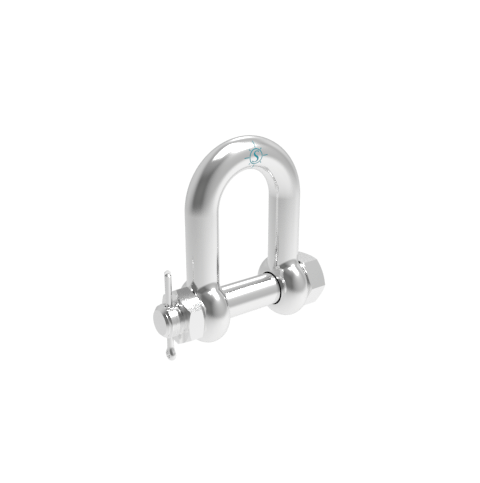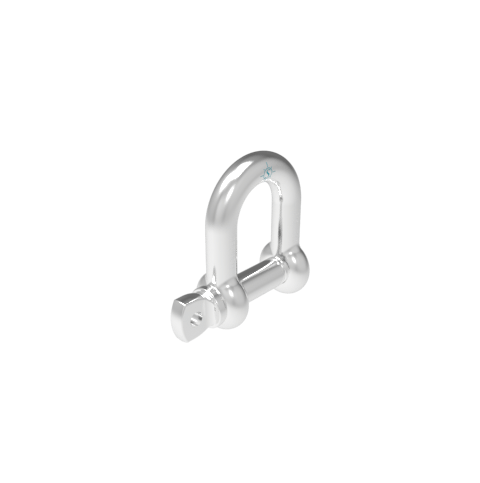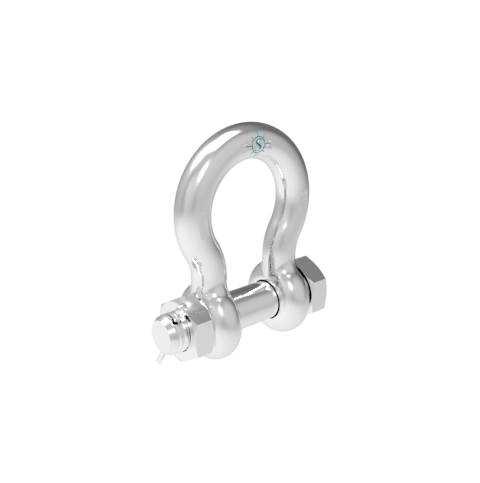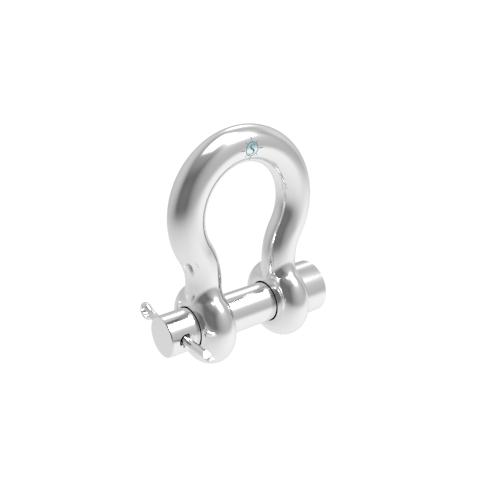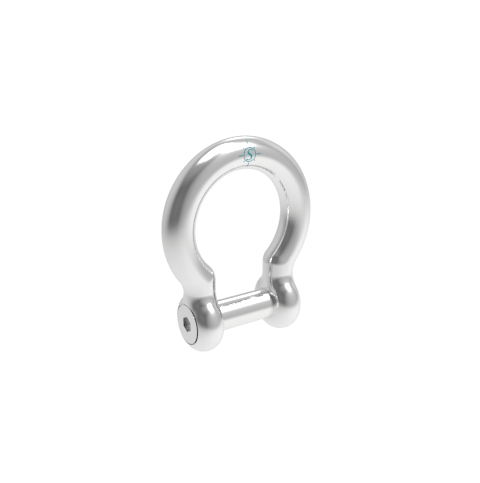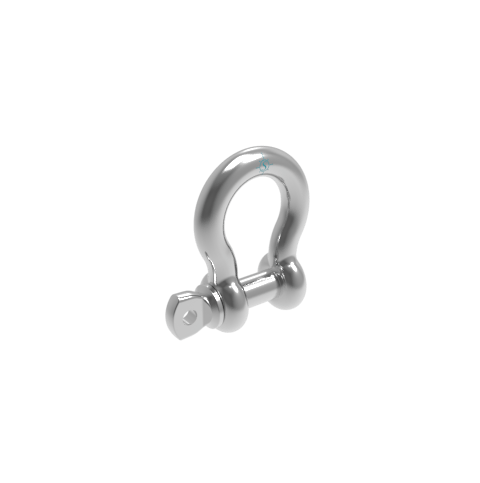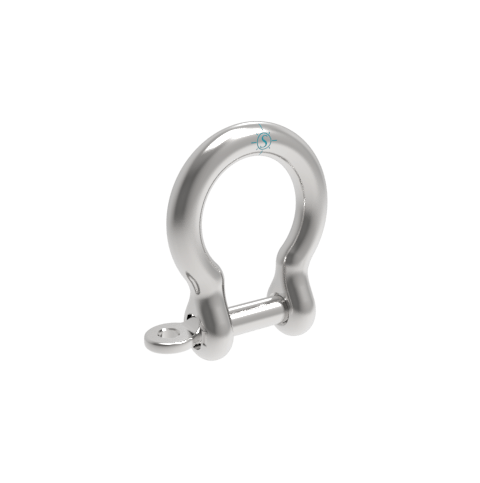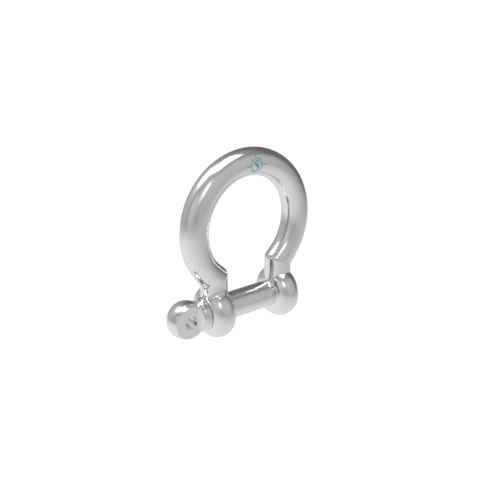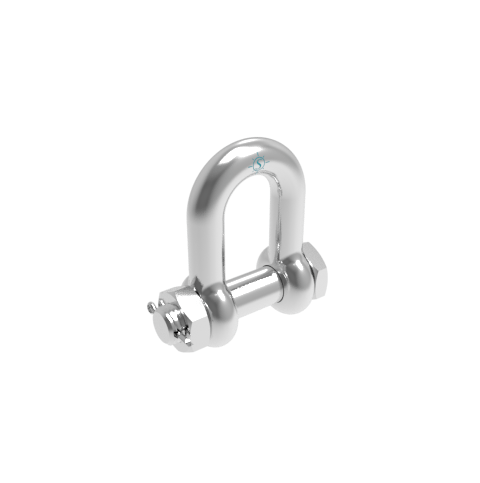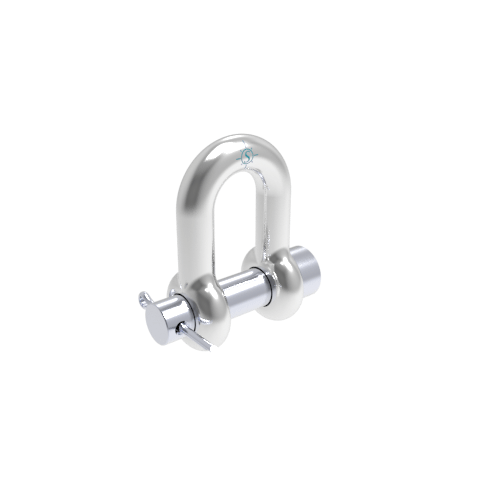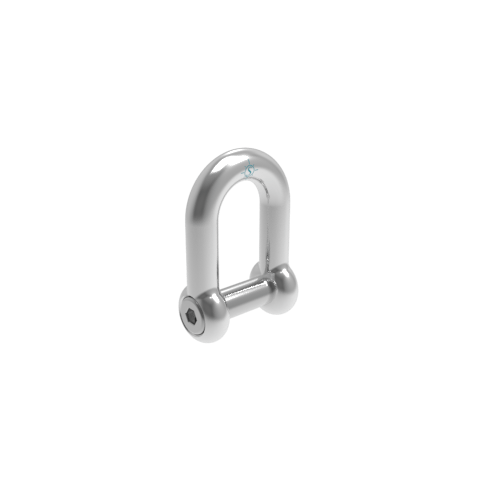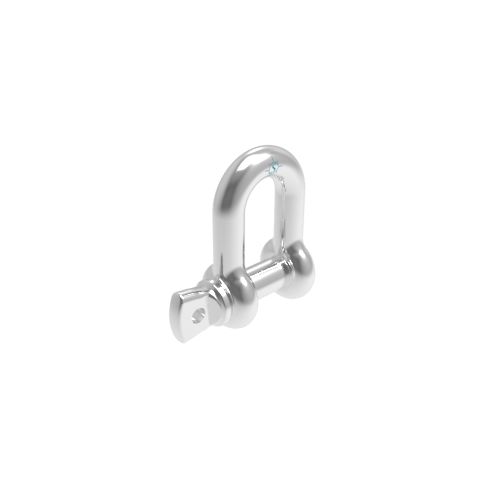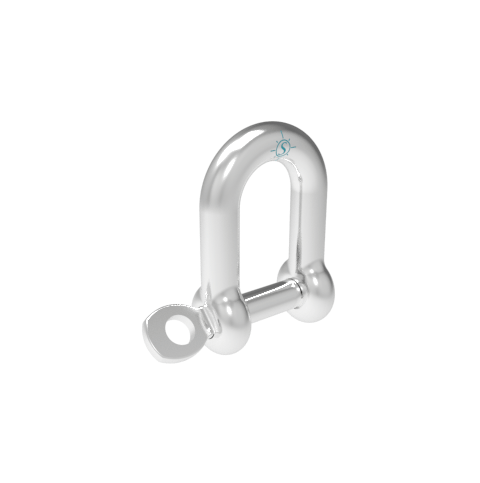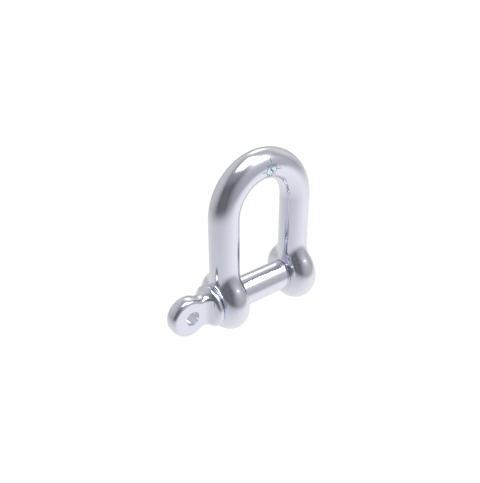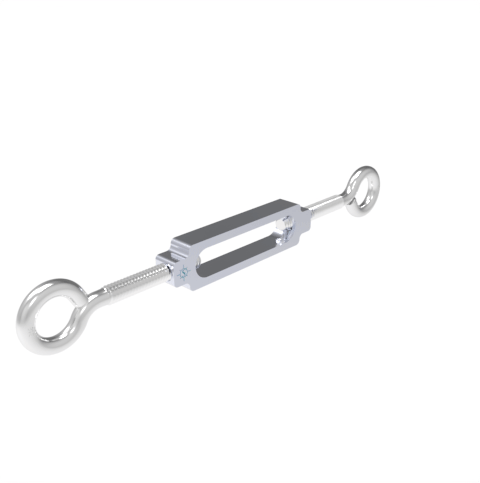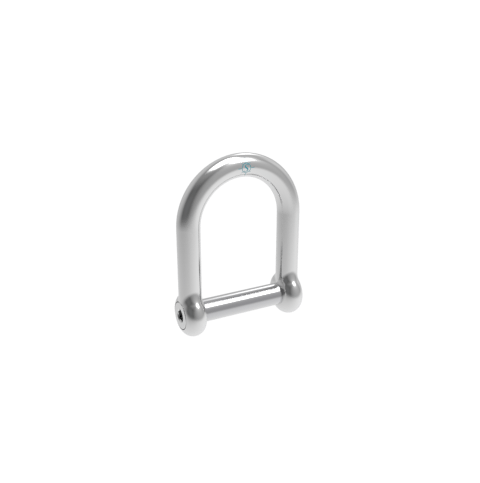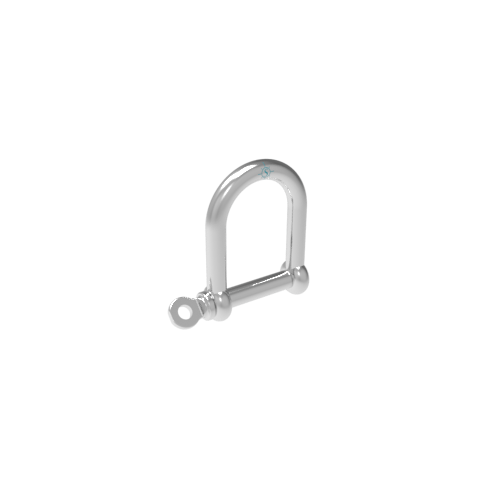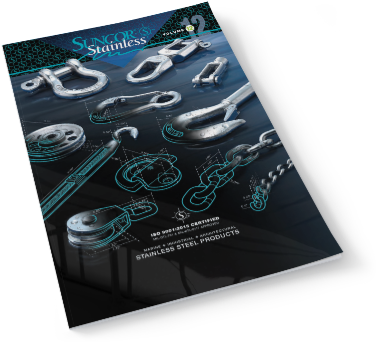Stainless steel can be broken down into three major groups – Austenitic, Ferritic and Martensitic
Austenitic Grades
Suncor Stainless mainly uses grade 304 and 316 stainless steel from the 300 series. Grade 304 and 316 are the most important members of the Austenitic family and are the most widely used. The Austenitic grades are generally nonmagnetic and hardenable only by cold working. However, they can be magnetic to a small degree, especially in formed parts. They can be softened by “annealing” heat treating.
Ferritic Grades
Suncor Stainless does not typically use ferritic grades of stainless steel. Ferritic grades are magnetic and nonhardenable.
Martensitic Grades
The Martensitic grades are hardenable by heat treatment and are magnetic. Varieties such as grade 440 find major applications as products that must resist atmospheric oxidation, mildly corrosive chemicals and wet or dry corrosion. This type contains up to 1% carbon. Suncor uses this type in some products such as Quick Attach Wedges, however, these parts have a plating to protect against further corrosion.
Typical Contents of Stainless Steel
- Nickel – to stabilize the austenitic structure, improve forming properties, increase ductility, high temperature strength and corrosion resistance (particularly in industrial and marine atmospheres, chemical, food and textile processing industries).
- Silicon – to increase scaling resistance and resist carburizing at high temperatures.
- Manganese – to improve hot working properties, increase yield and tensile strengths (above 2%), partially replace nickel and stabilize the austenitic structure.
- Molybdenum – to increase corrosion resistance (particularly in sulfite, sulfate, acetic acid and acetate solutions and salt water atmosphere), increase creep resistance, increase strength at elevated temperatures, expand range of passivity and counteract tendency to pit.
- Titanium, Columbium and Tantalum – to prevent intergranular corrosion by stabilizing the carbon as titanium or columbium carbides instead of chromium carbides, produce finer grain size, reduce stretcher strains from drawing and forming in type 430.
- Sulfur, Phosphorus and Selenium – to improve machinability.
- Additional Chromium – to increase scaling, wear and corrosion resistance and increase tensile strength.
Types and Grades of Stainless Steel
Austenitic
Type 301: contains less chromium and nickel than 302 for more work hardening.
Type 302: is the basic type of the 300 series, 18% chromium – 8% nickel group. It is the renowned 188 stainless and is the most widely used of the chromium nickel stainless and heat resisting steels.
Type 303: contains added phosphorus and sulfur for better machining characteristics. Corrosion resistance is slightly less than 302/304.
Type 303Se: contains Se and P added to improve machinability.
Type 304/304L: chromium and nickel increased and carbon lowered to reduce carbide precipitation and increase corrosion resistance. Carbon is lowest in 304L for welding applications.
Type 305: has increased nickel to lower work hardening properties.
Type 309/309S: have added chromium and nickel for more corrosion resistance and high temperature scaling resistance. 309S contains less carbon to minimize carbide precipitation.
Type 310S: have higher nickel content than 309/309S to further increase scaling resistance. 310S contains less carbon than 310 to minimize carbide precipitation.
Type 316 (Cast 316 is called CF8M) and 316L (Cast 316L is called CF3M): contain substantial molybdenum additions for improved corrosion resistance (particularly pit type corrosion), creep resistance and high temperature strength. The carbon content in 316L is low for welding purposes and also reduced corrosion.
Type 321: contains titanium to tie up the carbon and avoid chromium carbide precipitation in welding.
Type 330: ultra high nickel content provides best corrosion resistance to most furnace atmospheres. This grade has a low coefficient of expansion, excellent ductility and high strength.
Type 347 – 348: have columbium tantalum added to tie up the carbon and avoid chromium carbide precipitation in welding. Use for temperatures from 800 to 1,650 degrees Fahrenheit.
Ferritic
Type 405: contains 12% chromium with aluminum added to prevent hardening.
Type 430: is the basic type in the ferritic group, possessing good ductility and excellent resistance to atmospheric corrosion. Its scaling resistance is higher than 302 in intermittent service and somewhat lower in continuous use.
Type 430F/430Se: have sulfur and selenium (respectively) added for increased machinability.
Type 442: has added chromium for improved resistance to scaling.
Type 446: has higher chromium content (27%) for added scaling resistance and is the highest of the standard straight chromium types. Alloys with over 30% chromium become too brittle to process.
Martensitic
Type 410: is the basic Martensitic type. It is the general purpose corrosion and heat resisting chromium stainless steel. It can be hardened by thermal treatment to a wide range of mechanical properties. It can be annealed soft for cold drawing and forming. This grade is always magnetic.
Type 403: is a special high quality steel made for blades and buckets for steam turbine and jet engine compressors. This grade is eminently suited for very highly stressed parts. This material is magnetic in all conditions.
Type 416/416Se: are modifications of type 410, being the free machining, non-seizing, non-galling alloys. These properties are obtained by the addition of sulfur or selenium to Type 410. This is a heat treatable grade with corrosion resistance and other characteristics closely approaching those of type 410.
Type 420: is a chromium stainless steel capable of heat treatment to a maximum hardness of approximately 500 Brinell. It has a maximum corrosion resistance only in the fully hardened condition. Type 420 is magnetic in all conditions.
Type 431: is a nickel bearing (1.252.00%) chromium stainless steel which may be heat treated to high mechanical properties. It is magnetic in all conditions of use. It has superior corrosion resistance to types 410, 416, 420, 430 and 440 stainless steels.
Type 440C: is the stainless steel that can be heat treated to the highest hardness of any of the stainless steels.
